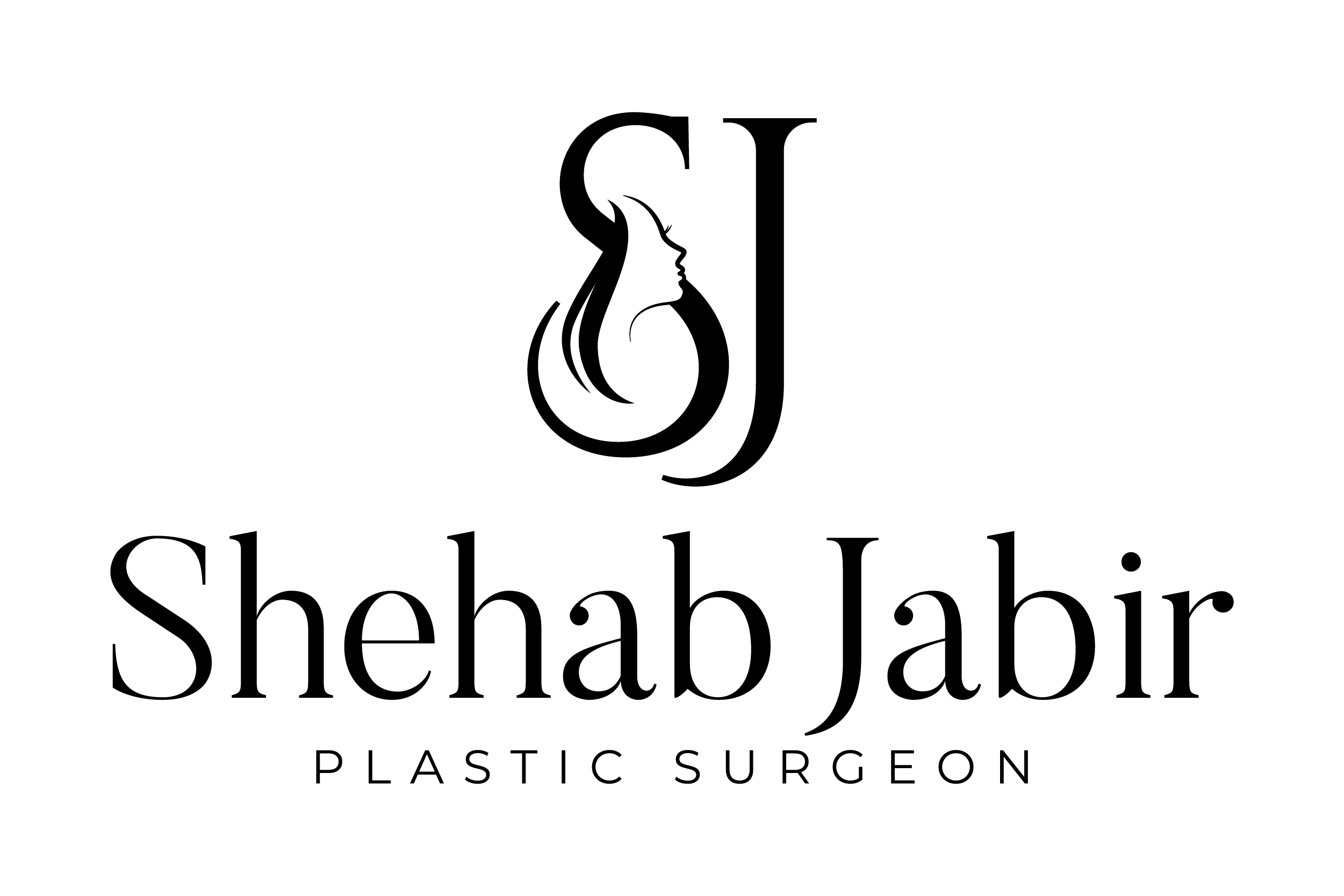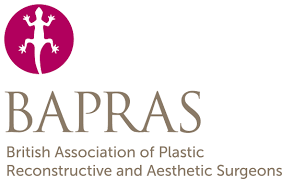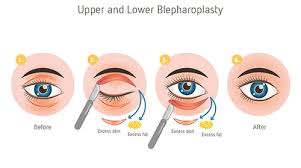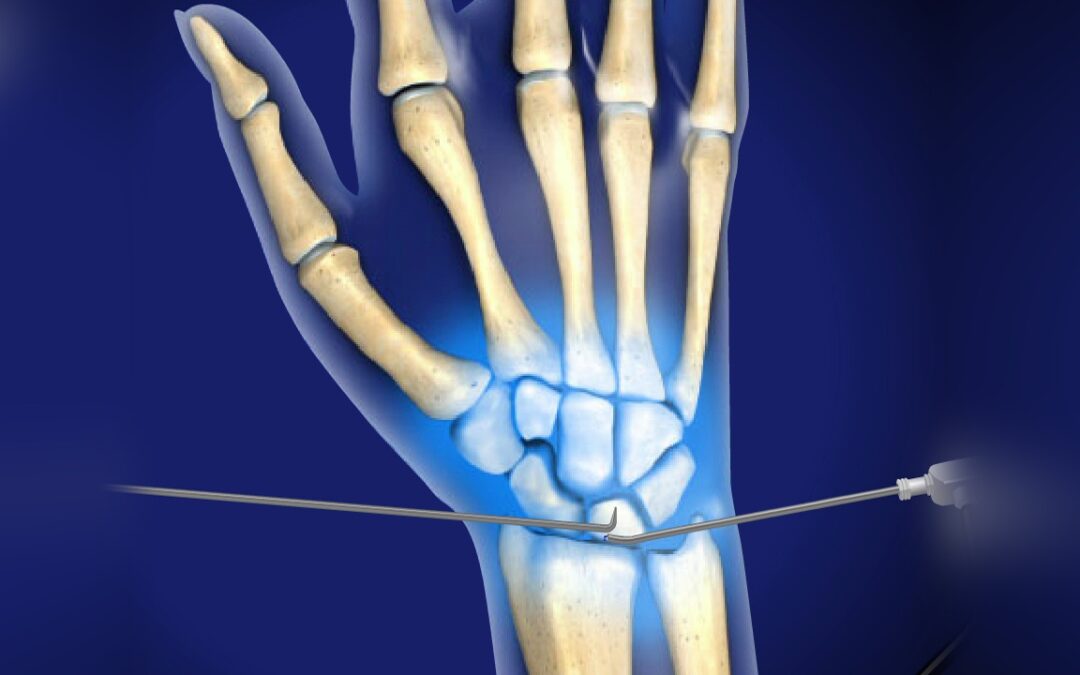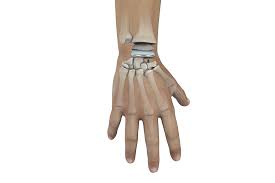Ulnar Shortening
Ulnar shortening is a surgical procedure to shorten the ulna, one of the two bones in the forearm. This is done to correct a condition called ulnar impaction, which is when the ulna bone rubs against the other bone in the forearm, the radius. Ulnar impaction can cause pain, clicking, and locking in the wrist.
Ulnar shortening is usually performed for people who have severe ulnar impaction that does not respond to non-surgical treatment, such as splinting or physical therapy.
During ulnar shortening, the surgeon makes an incision in the forearm and removes a piece of bone from the ulna. This shortens the ulna and reduces the amount of rubbing against the radius. The bones are then stabilized with plates and screws.
Ulnar shortening is usually performed as an outpatient procedure. This means that you will be able to go home the same day as your surgery. You will need to wear a splint or cast for several weeks after surgery. You will also need to do physical therapy to regain range of motion and strength in your wrist.
The recovery time for ulnar shortening is usually several months. Most people are able to return to their normal activities within a year.
Ulnar shortening is a safe and effective procedure for correcting ulnar impaction. It is a permanent procedure, so it is important to consider all of the risks and benefits of ulnar shortening before deciding if it is the right treatment for you.
Here are some of the risks of ulnar shortening:
- Pain: There may be some pain after surgery. This pain usually goes away with time and treatment.
- Stiffness: The wrist may be stiff after surgery. This stiffness usually improves with time and physical therapy.
- Weakness: The wrist may be weak after surgery. This weakness usually improves with time and physical therapy.
- Infection: There is a risk of infection after any surgery. The risk of infection is low for ulnar shortening, but it is important to take steps to prevent infection, such as following your doctor’s instructions carefully.
- Nerve damage: There is a small risk of nerve damage during ulnar shortening. This risk is usually low, but it is important to talk to your doctor about the risks of nerve damage before surgery.
